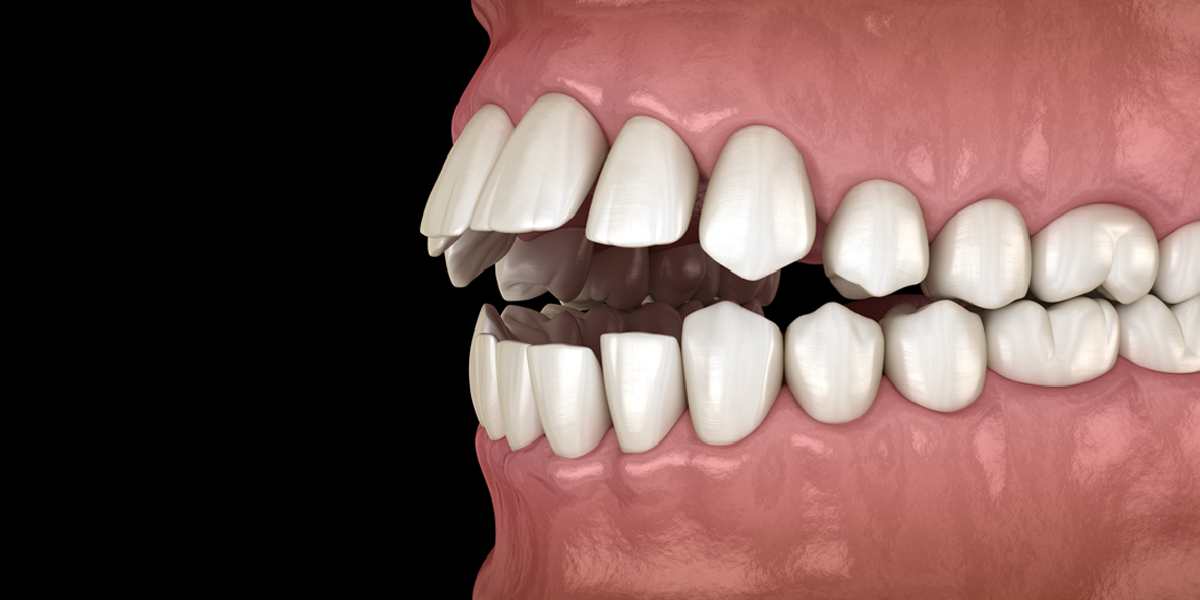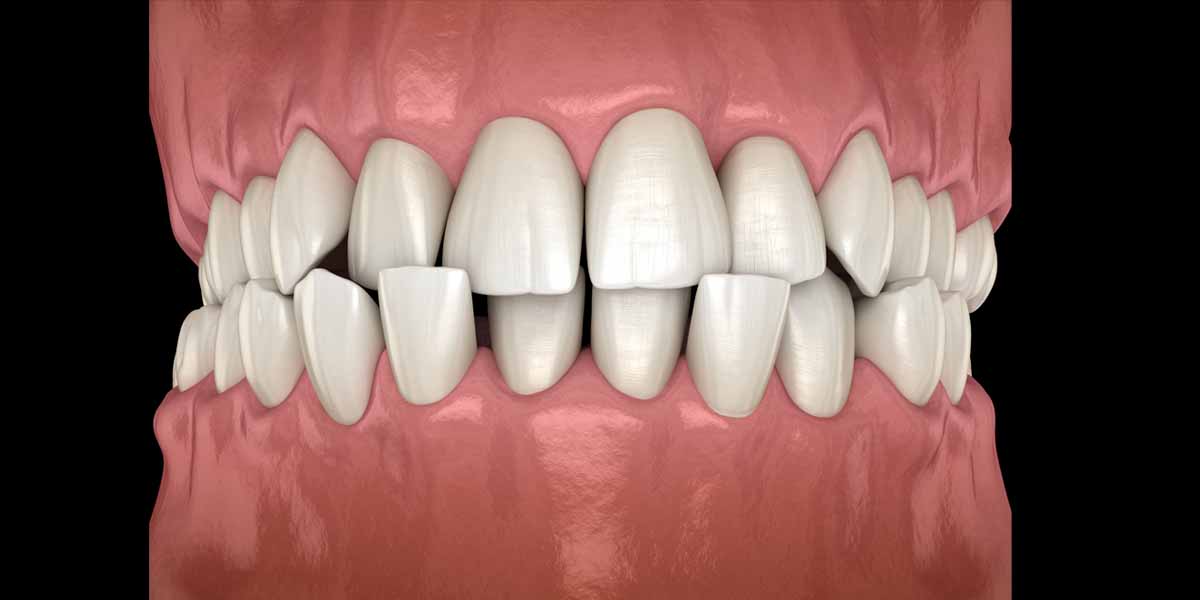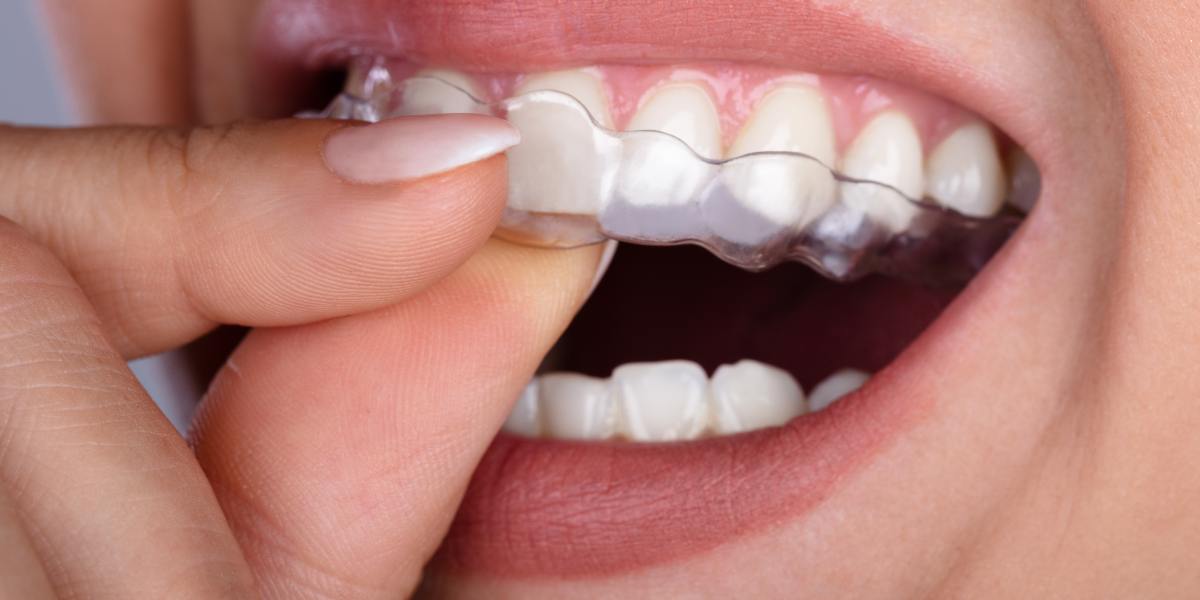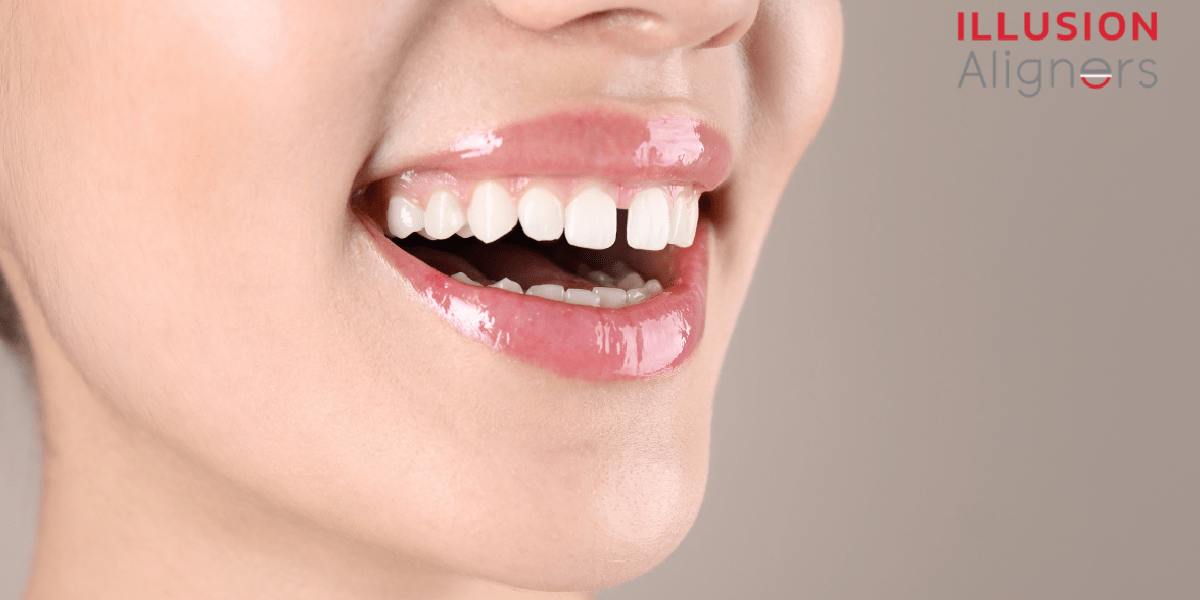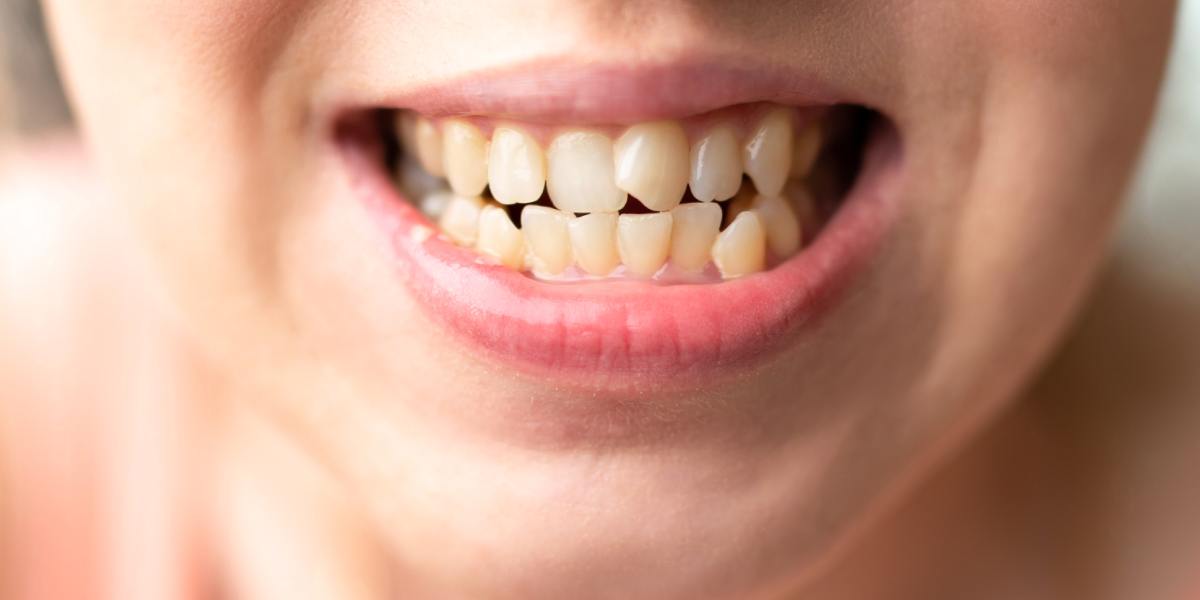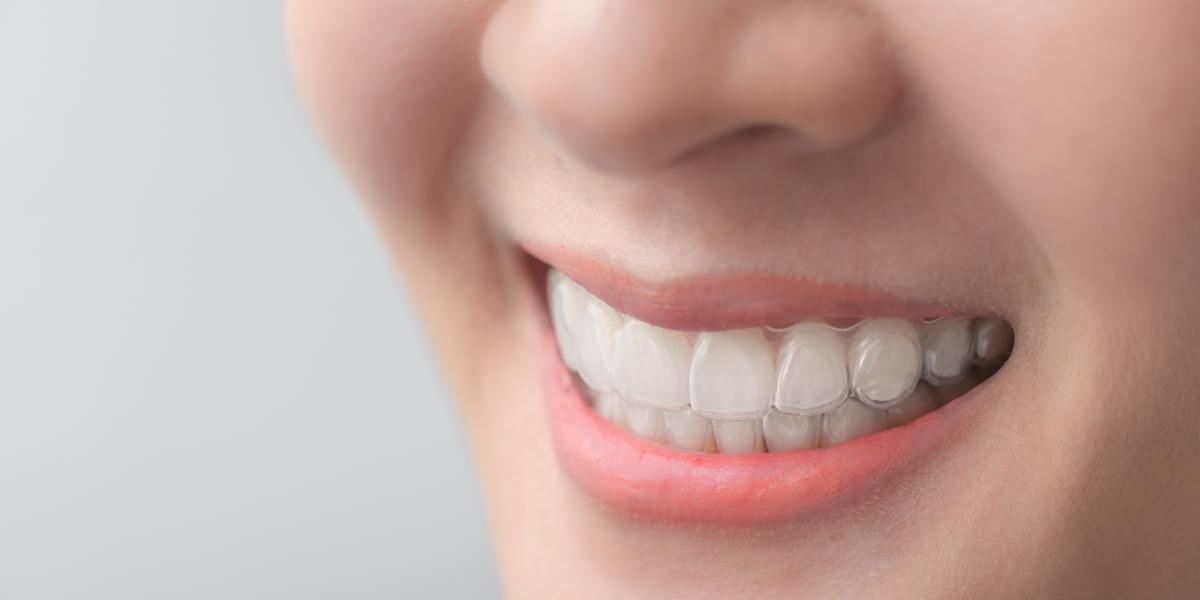
Publish on Oct 05, 2023
Teeth Retainer: Understanding the significance to preserve a radiant
Your smile is a work of art that exudes charm and confidence. The purpose of a tooth retainer is its undiscovered secret. These inexpensive yet powerful instruments are crucial for keeping your smile's radiance long after finishing orthodontic treatment. In this blog, we'll investigate the mystique surrounding dental retainers and learn how crucial they are to developing an aesthetically pleasing smile. Join us as we embark on a research journey and learn about the wonder of retainers for teeth.
What is a retainer for teeth?
After orthodontic treatment, such as braces or clear aligners such as Illusion Aligners, the teeth are held in their appropriate position by a dental product called a retainer. Usually constructed of plastic or metal, it is manufactured to fit the wearer's mouth. While the surrounding tissues and bone adjust to their new position, the retainer helps prevent the teeth from slipping back to their old position. Retainers may be removable or cemented in place and are typically worn for the advised amount of time by the orthodontist.
Types of teeth retainers available
There are two main types of retainers—removable and fixed. We will further explore these two types in detail and discuss their pros and cons.
Removable Retainers:
Removable retainers can be removed from the mouth for cleaning, eating, or special events, as the name implies. They are generally composed of acrylic or clear plastic and are specially manufactured to fit each person's mouth. There are two primary removable retainers: Hawley retainers and Essix retainers.
a. Hawley Retainers:
A plastic or acrylic plate that spans the entire roof of the mouth or rests behind the lower teeth is attached to a wire that spans the front teeth as part of a Hawley retainer. They may be adjusted to the appropriate tightness or looseness. The benefits of Hawley retainers include their durability, adjustability, and the ability to make minor corrections if necessary
b. Essix Retainers:
Essix, also known as clear retainers, are made from a thin, transparent plastic material. They are moulded to fit over the teeth and provide a snug fit. The main advantage of Essix retainers is their aesthetic appeal since they are virtually invisible when worn. The retainers given after treatment with Illusion Aligners fall under this category and are comfortable and suitable for long-term wear.
Fixed Retainers:
Unlike removable retainers, which the wearer can remove, fixed retainers are permanently glued to the teeth. They are made up of a thin wire affixed to the back surfaces of teeth, typically the lower front teeth. Stainless steel or composite materials are used to create fixed retainers. They can last for many years and are made to be undetectable.
The benefit of fixed retainers is that they continuously support the teeth, ensuring that they stay in their proper places. However, they need routine dental cleanings and maintenance. If correct oral hygiene is not practised, plaque development can occur.
How to take care of a teeth retainer?
1. Keep it clean every day: Brush your retainer at least once a day using a soft-bristled toothbrush and non-abrasive toothpaste. This will assist any plaque or bacteria that may have built up.
2. Regularly soak it: Regular soaking of your retainer in a denture cleaner or a solution of water and baking soda will assist in getting rid of bacteria and challenging stains. Consult your dentist for the optimal soaking solution per the manufacturer's instructions.
3. Handle it gently: Don't bend or twist your retainer; doing so could change how well it fits. Always insert or remove your retainer using both hands to avoid accidental injury.
4. Store it safely: Keep your retainer in a dry, clean case when not in use. This will shield it from harm and keep bacteria and debris out. Retainers can deform if exposed to heat, so keep them away from hot water, the sun, and other heat sources.
5. Avoid heat and high temperatures: Avoid boiling or freezing your retainer because these extreme temperatures can change how it looks and works.
6. Remove your retainer before eating: This will help minimize damage from biting into tricky or sticky foods. Additionally, this will stop food particles from becoming lodged in the retainer and compromising oral hygiene.
7. Maintain proper oral hygiene: Keep brushing and flossing your teeth twice daily and use mouthwash frequently. This can lessen the possibility of plaque accumulation on your retainer by keeping your teeth and gums healthy.
8. Arrange routine checkups: As directed, visit your dentist to confirm that your retainer is fitting correctly and to discuss any worries or troubles you may be experiencing.
Remember that adequately keeping your dental retainer is essential for good oral health. You must seek advice from your dentist or orthodontist if you have any queries or concerns.
What is the price of teeth retainers?
Depending on the type of retainer, your location, the complexity of your orthodontic treatment, and the orthodontic office you visit, the cost of dental retainers may change. Hawley retainers are often more affordable, even if Clear plastic and fixed (bonded) retainers could be more expensive. It is essential to contact nearby orthodontic offices to obtain accurate and recent pricing quotations that consider your particular needs and circumstances. Many practices offer payment plans or other financing options to make the cost more manageable. Dental insurance may also pay for retainers, particularly if deemed medically necessary.
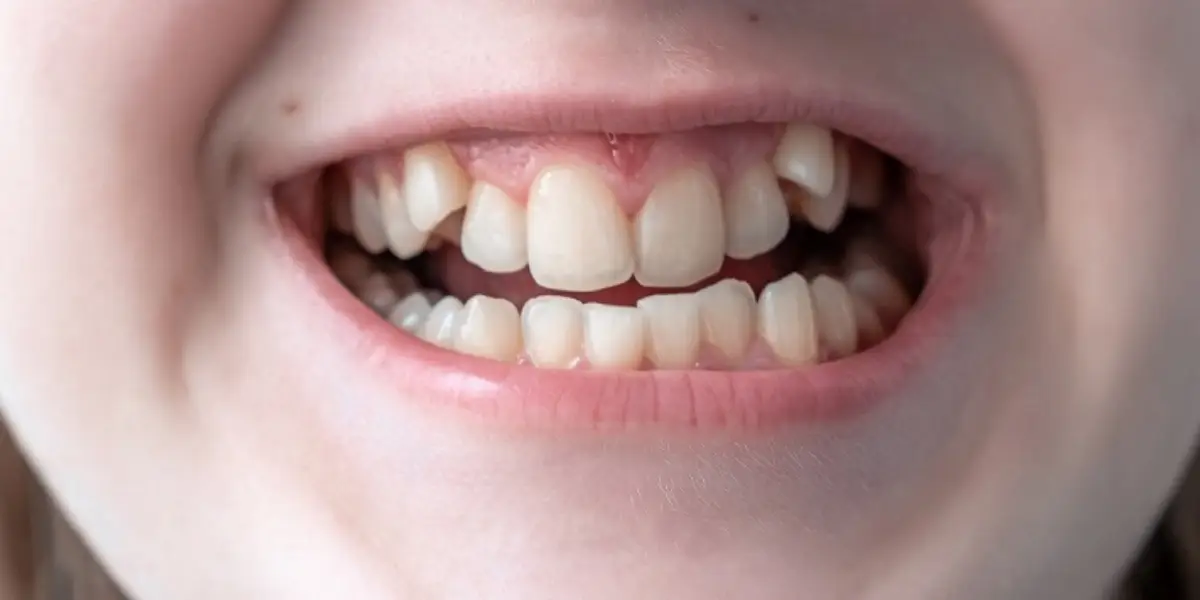
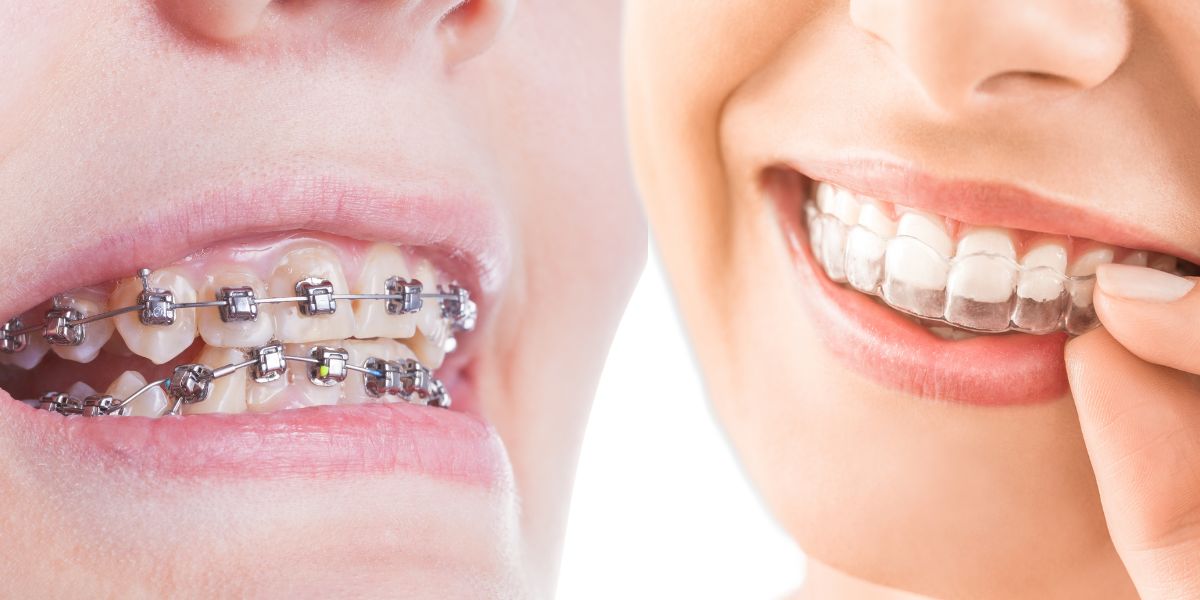
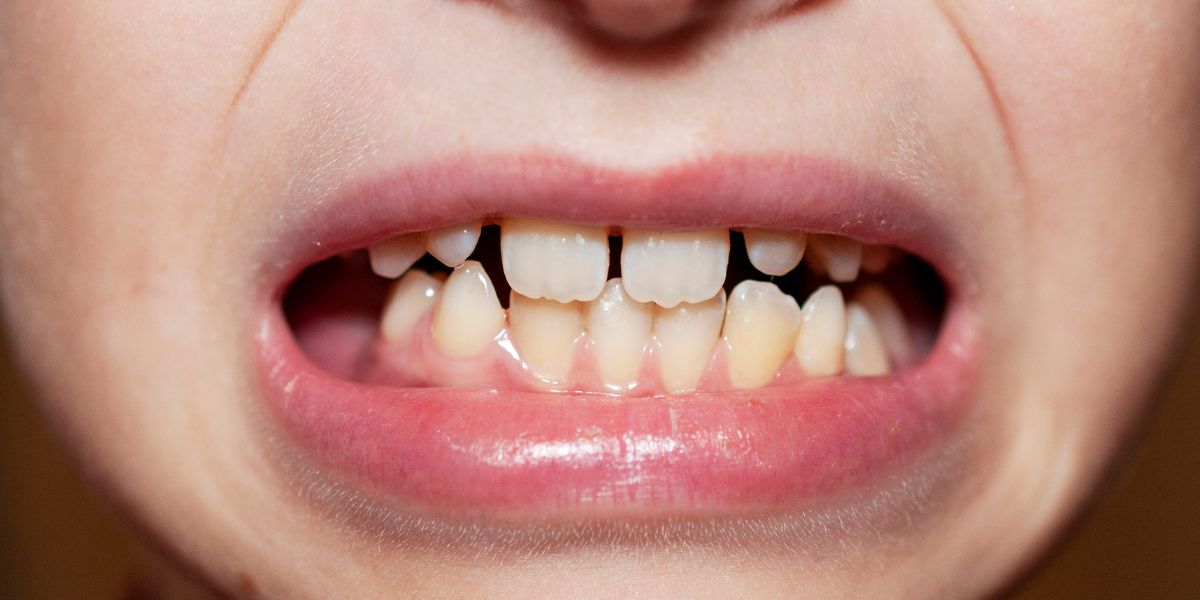
.jpg)


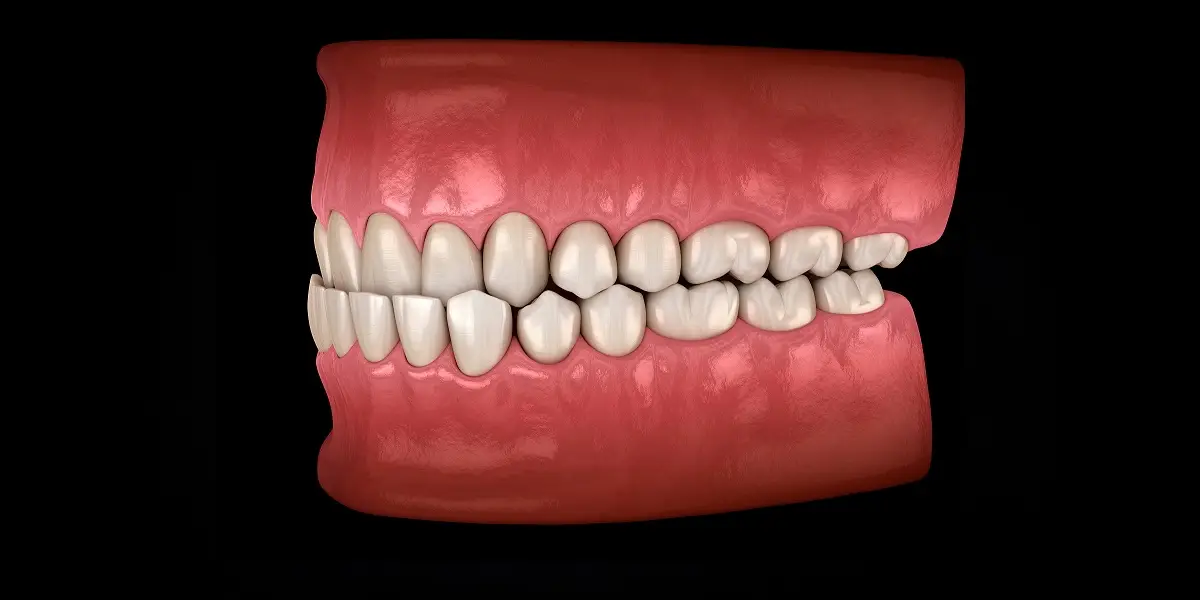
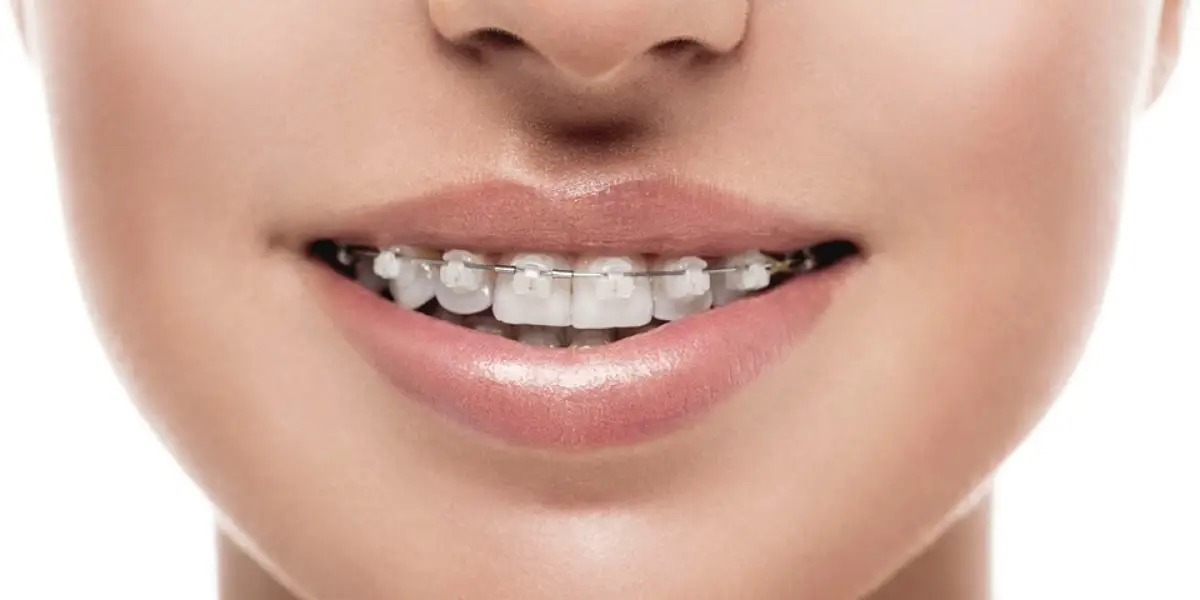
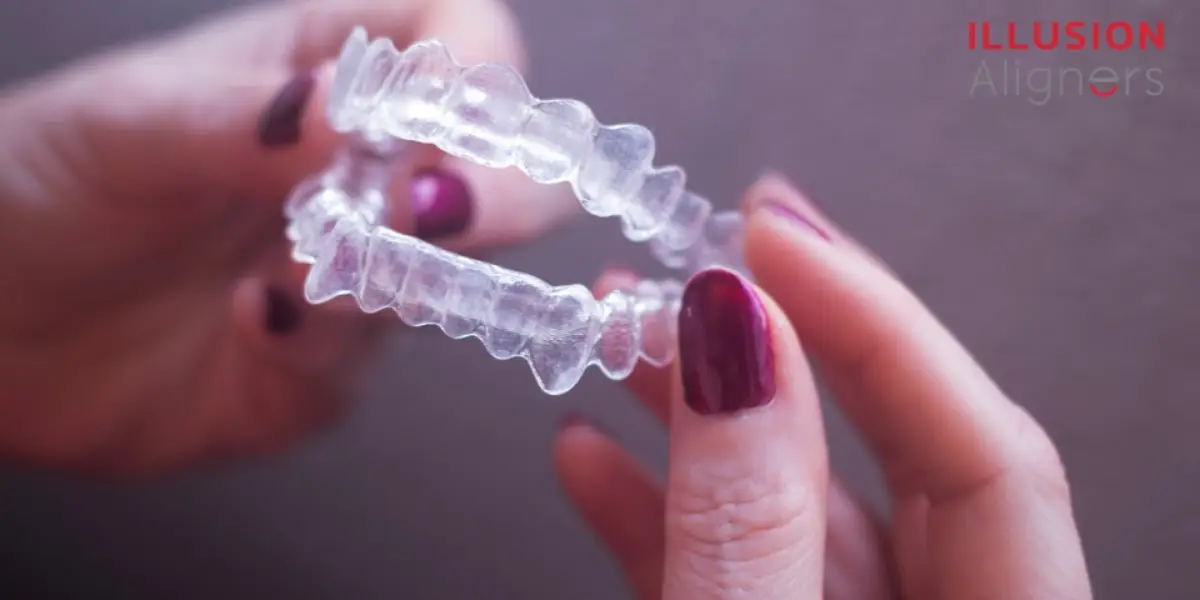
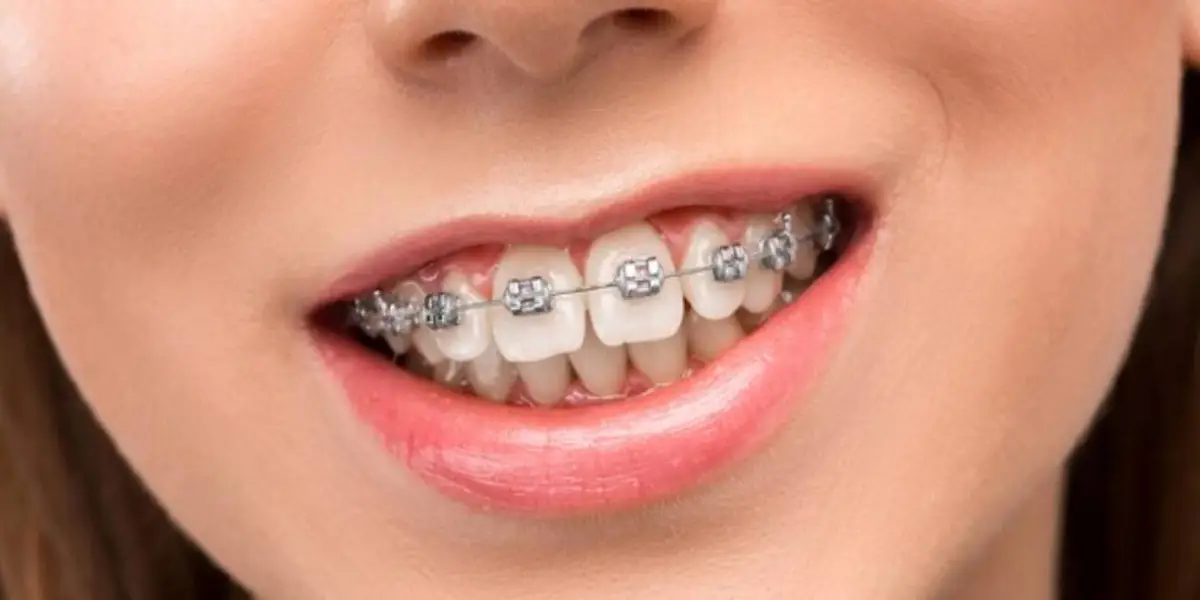
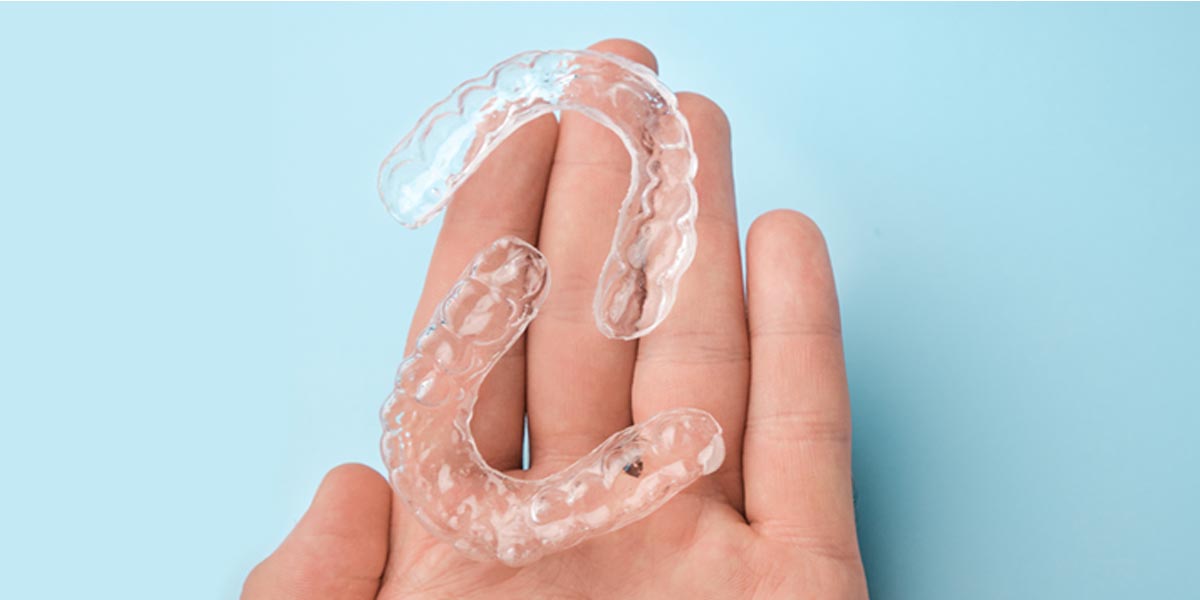
2.jpg)
